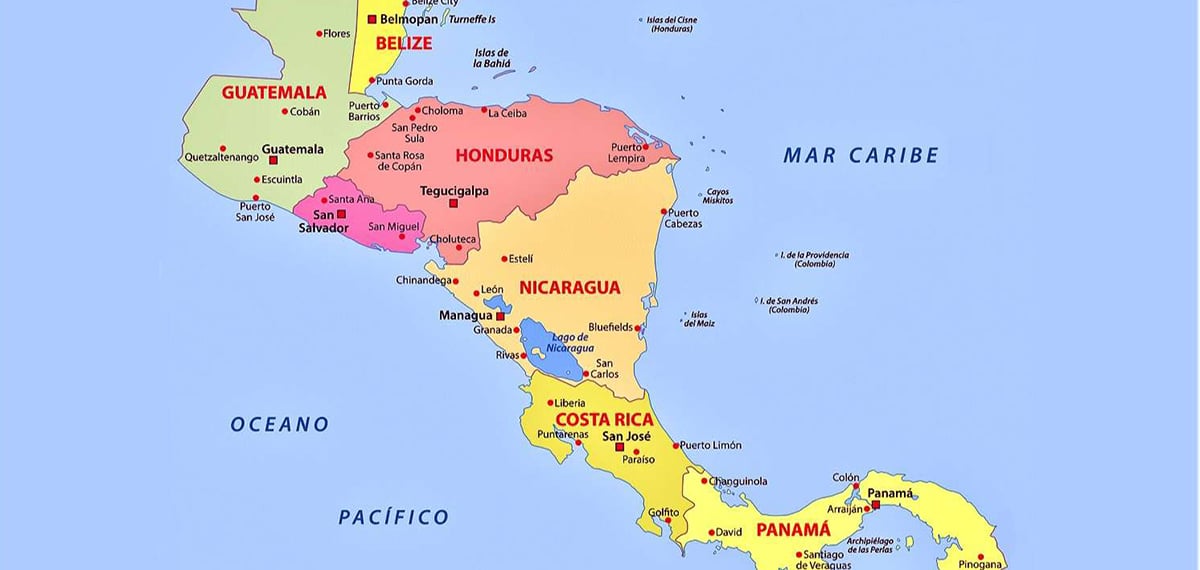
America is a very large continent that goes from end to end of the globe. There are many countries, but undoubtedly many are concentrated in the central part, what we know as Central America.
Central America is precisely between North America and South America and it is surrounded by the Pacific Ocean and the Caribbean Sea. Today we will see which countries are in Central America and we will discover that although small, they all offer tourist wonders.
Central America

At the time of the arrival of the Europeans this part of America was already very populated, sure more than the southern and northern extremities of the continent. Many cultures had developed through time, from those distant days when human space came to America by crossing the Bering Strait. Of all the civilizations surely the most outstanding has been the maya, and the most vast and of permanent influence.
Geopolitically Central America is divided into seven countries: Belize, Guatemala, Nicaragua, El Salvador, Costa Rica, Honduras and Panama. The area was under Spanish influence until the independence processes began in 1821. By 1823 the United Provinces of Central America existed. The political history of the area is complicated and characterized by a constant movement of borders.

Geographically speaking, Central America extends from the Isthmus of Tehuantepec to the Isthmus of Panama. In addition to the seven countries that make it up, there are five Mexican states. Thus, there is a continental part and an insular part. It has many mountains, with a steep profile, that join the mountains of the south and the north, and also have many volcanoesSome are off, but those on the Pacific coast are mostly active.
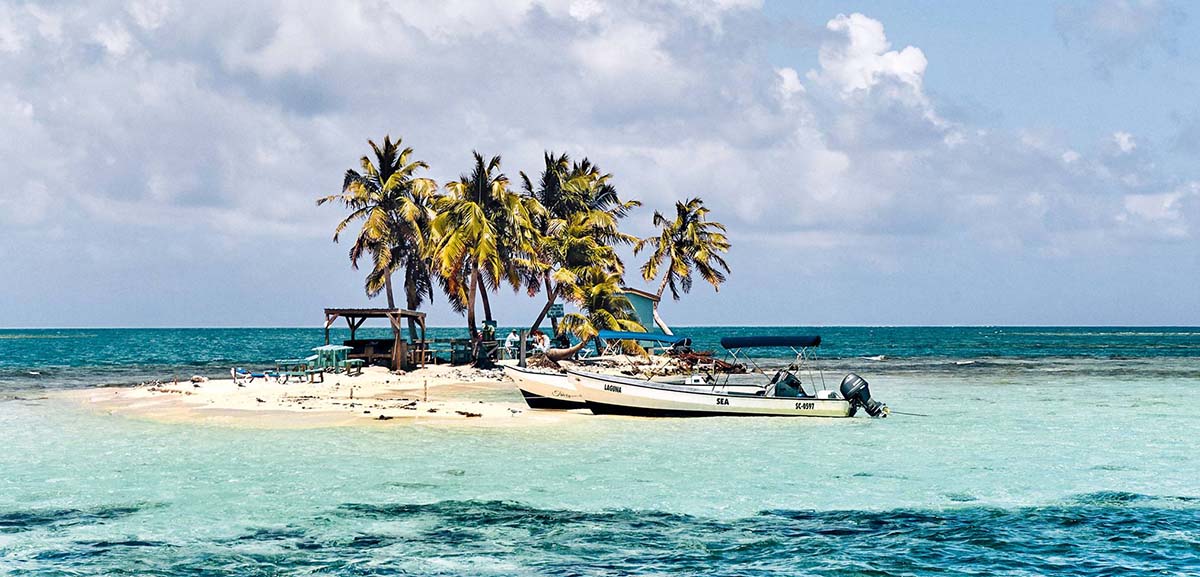
And what about the climate in this part of the world? It is tropical climate so the oscillations between day and night are not conspicuous. But these heats have endowed it with an exuberant and very rich flora, with a little from the south and a little from the north. Almost all Central American countries are biodiverse, but perhaps some are more specific than others in certain species.
For example, the forests of Honduras are beautiful and the same is the coral reef, huge; the waters of Nicaragua are abundant in marine species and El Salvador or Guatemala have exquisite birds. Luckily the area has many protected areas.
Tourism in Central America

Although the whole area is of great natural beauty there are countries that concentrate more tourism What others. For example, Costa Rica, Panama and Guatemala are at the head of the visits. Costa Rica gets the bulk of tourists but Panama is the one that earns the most money from their visits. In general, visitors come from the United States, Canada, Spain and other European countries. The visits of people from South America is not much.
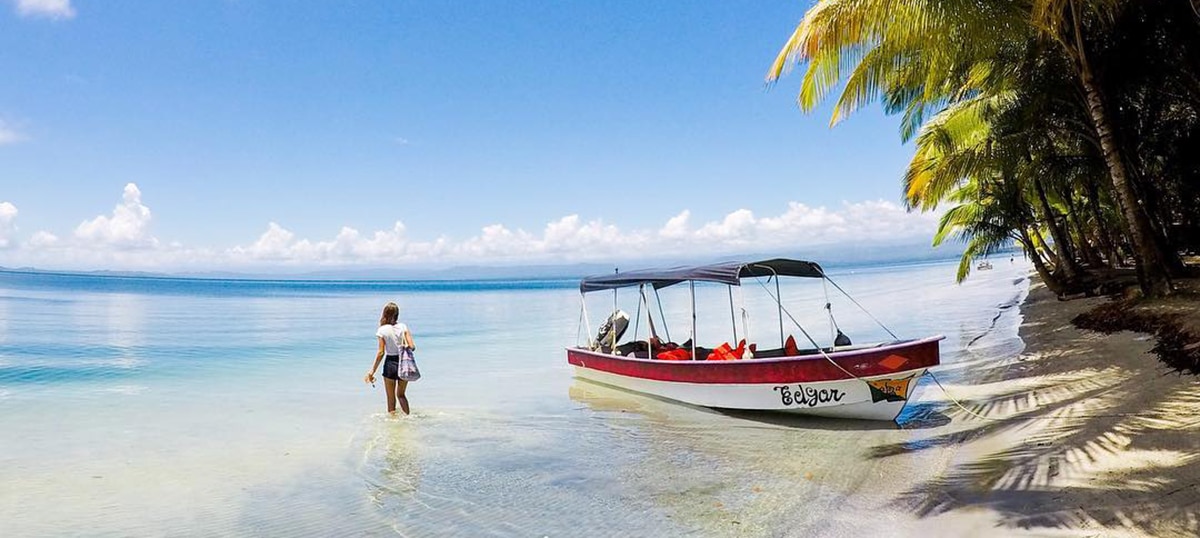
What tourist treasures Are they waiting for us in these seven countries that make up Central America? On Panama the star is the Panama Canalas a work of engineering and a place to shop without taxes But it also has a great biodiversity and you can travel very well between both coasts. The archipelago Bocas del Toro It is beautiful, the same is the one of San Blas, famous for its white beaches. There are also dolphins and for mountain tourism, Boquete it is the best destination.
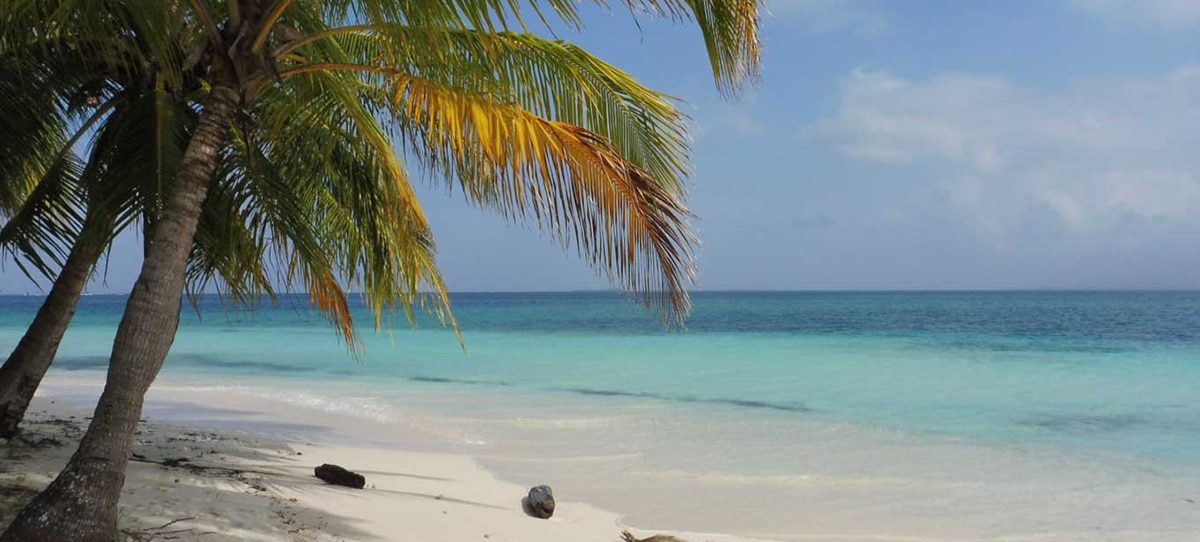
On the Pacific side there are whale watching, between July and October. The Coiba National Park and Marine Protection it is a huge and lavish reserve. There is also the Zapatilla CayWithin the Isla Bastimentos National Marine Park.

Costa Rica it is narrow and has the honor of being the country with the most biodiversity per square kilometer on the planet. Mountains abound and it has beauties like the Monteverde Cloud Forest, Canals of Torturego, Turtle Island with its beaches of turquoise waters, the Chirripó National Park, he Cocos Island National Park and for more white beaches the Manuel Antonio National Park.
For hiking between volcanoes and fumaroles, the Rincon de la Vieja National Park or that of the Tenorio Volcano.

And of course, the Corcovado National Park. Nicaragua It is in the center of the isthmus and has volcanoes and a lot of tropical life. To know the colonial past is the City of León, a World Heritage Site o Grenada, for beaches and turquoise seas Corn island, for coffee and its history Matagalpa, to navigate between islands the Solentiname Archipelago, for volcanoes the Masaya Volcano National Park, the Cerro Negro Volcano or the Cosigüina Volcano.
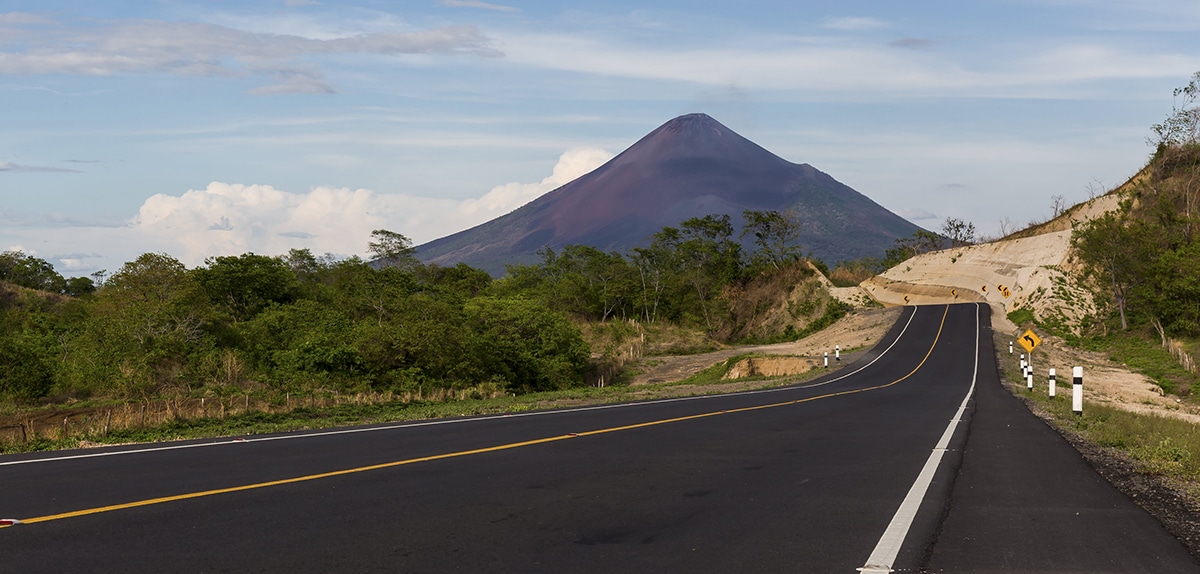
Honduras It is towards the north center of Central America and its capital is Tegugigalpa. It has many mountains and valleys, mighty rivers and thus, a great variety of flora and fauna. Its keys are from another world, the Dirty calluses and its coral reef, or the Roatan Bay Islands they are a charm. You can also do the Copan route with Mayan ruins or diving in Útila. You see the colonial past in Trujillo, Tegucigalpa, Santa Rosa de Copán, San Pedro de Zapaca or San Pedro de Sula.
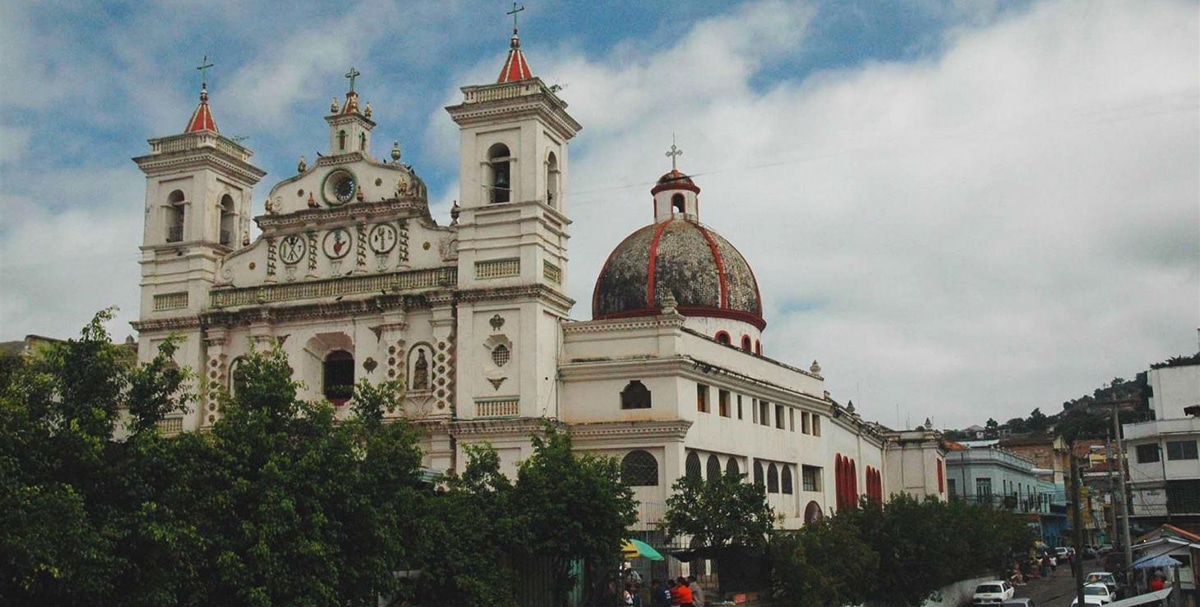
El Salvador it is a small but highly populated country. Is Land of Volcanoes It is super cultural and a good place to witness the melting pot of the colonial era. For example, in Santa Ana there is a Gothic-style cathedral, in La Joya de Cerén you see the Mayan footprint and in Panchimalco you see colonialism. To enjoy the landscapes there is the Cerro Verde National Park, the Volcanoes National Park, Lake Suchitlán, Lake Coatepeque ...
If you like ruins and archeology you can add the San Andres Archaeological Site, the White House and Tazumal. La Flower Route It is also something beautiful, a route that crosses the Apaneca-Ilamatepeq mountain range. And what's in Guatemala? Well, a lot of history, Mayan and colonial since it is a land that has received very different influences.
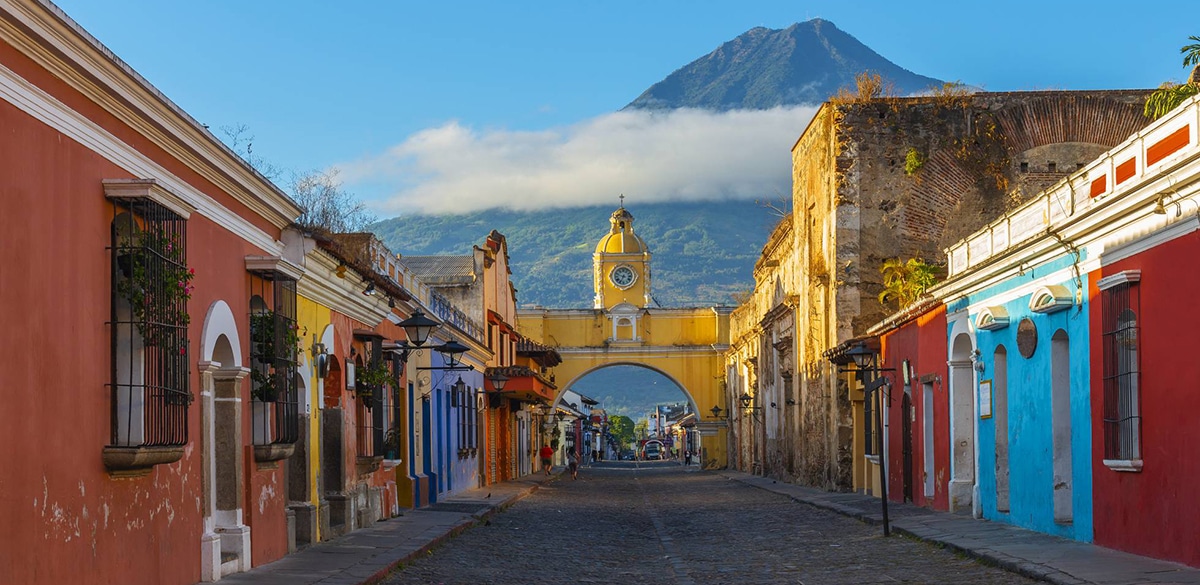
Antigua Guatemala It is a Cultural Heritage of Humanity, beautiful wherever you look at it. chichicastenango, with its huge and colorful market, is worth a visit, the same is the Castillo de San Felipe, built by the Spanish, but if you like the Mayan culture then there is the Uaxactún Archaeological Park, Iximche, Kaminal Juyú, the Quiriguá Archaeological Park, the Tikal National Park, with more than five thousand buildings, Yaxhá and Petén, with its pyramids and temples ...
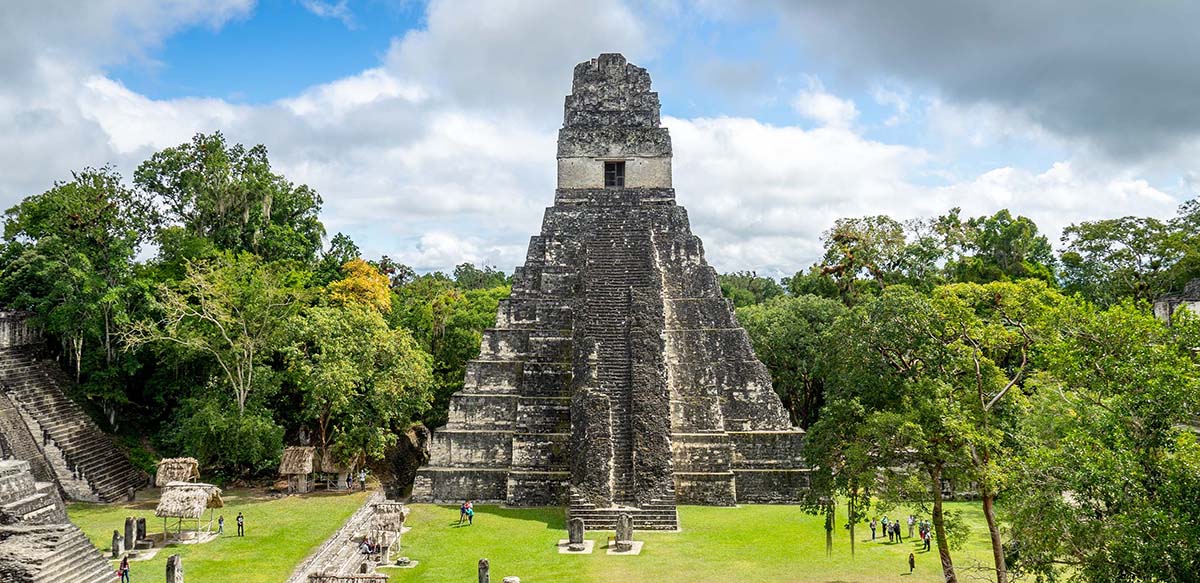
Finally, Belize, a small country, which does not reach half a million inhabitants, located on the Caribbean coast. Small but super biodiverse, both at sea and on land. In front of its coasts are located three of the four coral reefs most important in the Western Hemisphere. If all the other Central American countries have Spanish as their official language here in Belize English is spoken since it was a British colony.
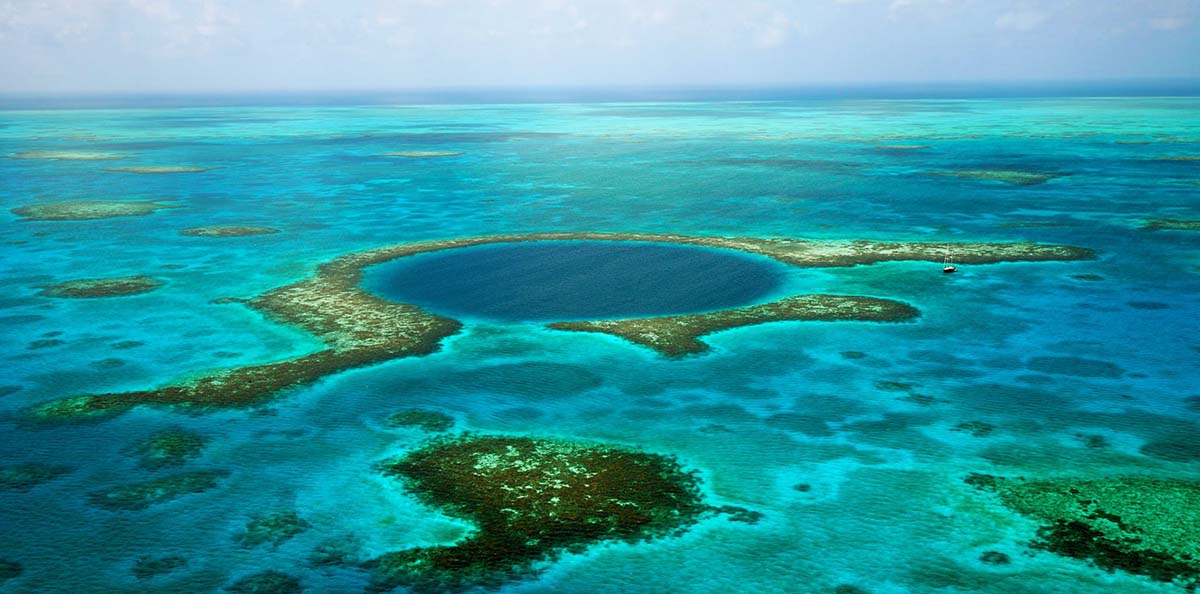
Belize also has archaeological ruins: Altun Ha, very close to Belize City, the Caracol Archaeological Site, Lamanai Archaeological Site, in the middle of the jungle or the Xunantunich site, on the banks of the Mopán river. For beach, sun and turquoise sea is South Water Caye, the Belic Barrier Reefe, the famous Blue Hole, for diving, the San Herman Cave or the Gladden Spit Marine Reserve and Silk Cays, with their beautiful whale sharks.
As you can see, for archeology and nature fans, Central America has a lot.